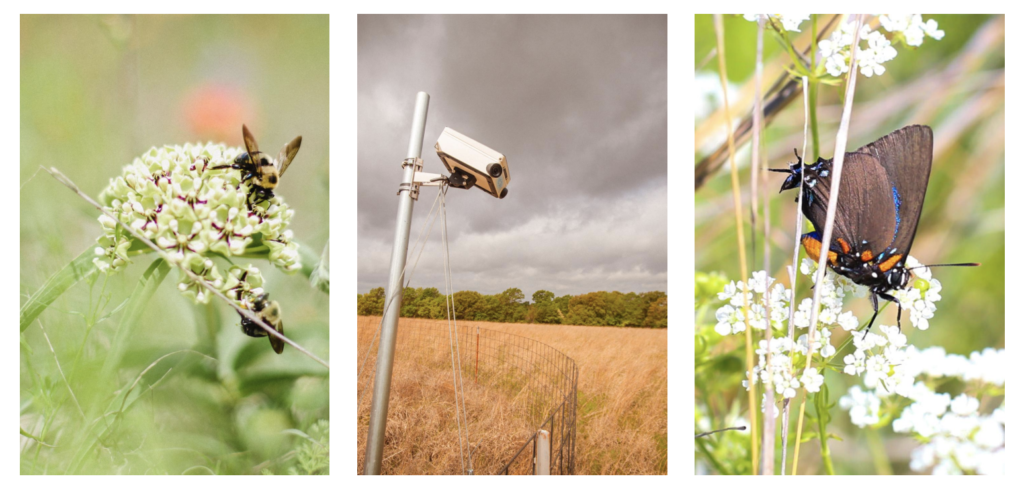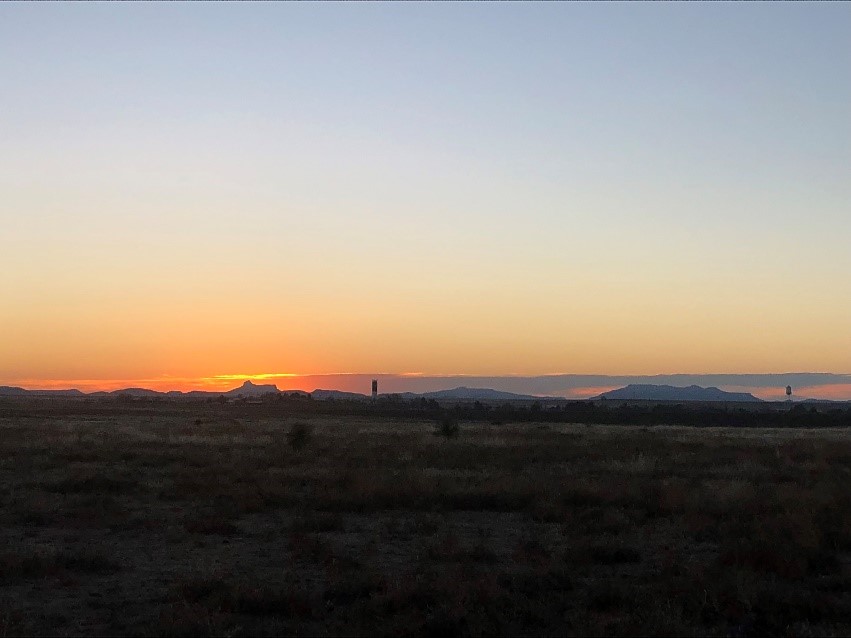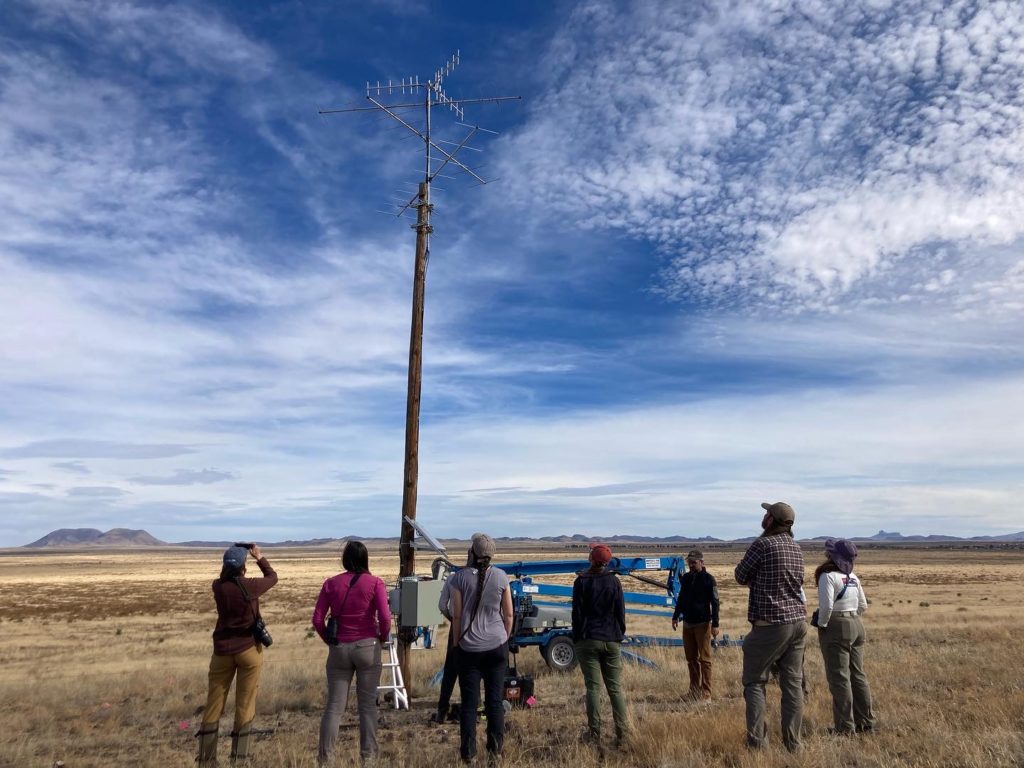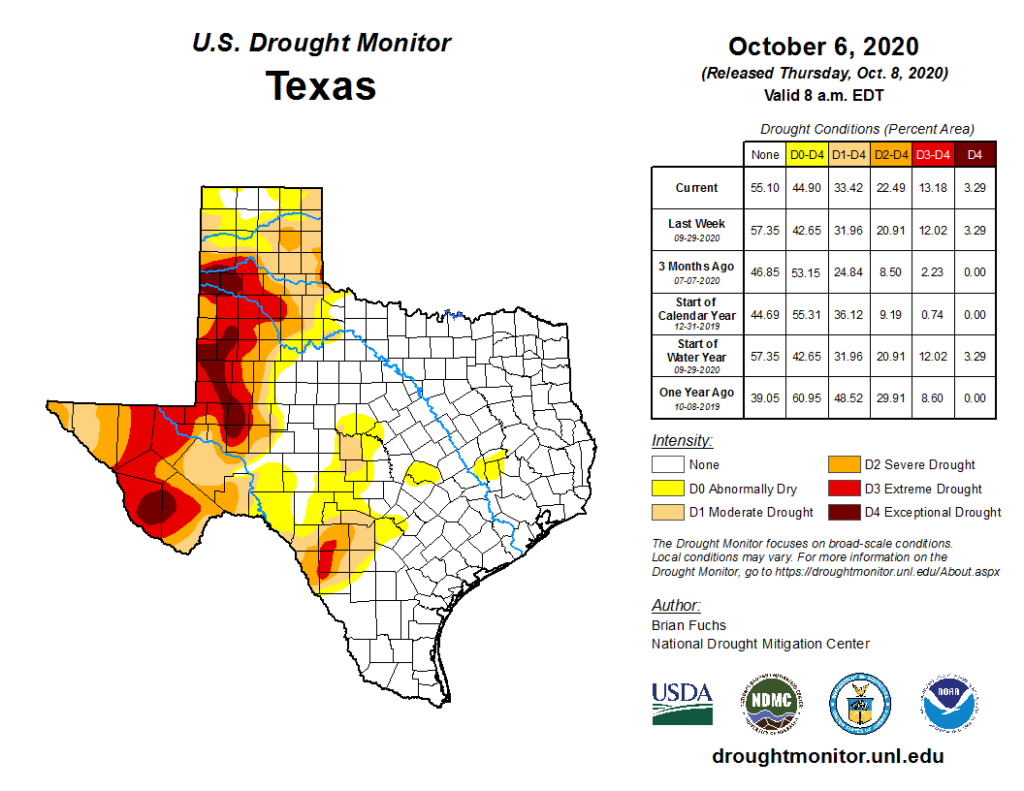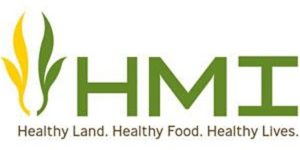The ACCI partnership with Borderlands Research Institute and Rio Grande Joint Venture has recently launched a website.
We’ll be posting videos and more information regarding the work that has been going on this year in the coming months. For now, please visit the ACCI website for more information and resources.

